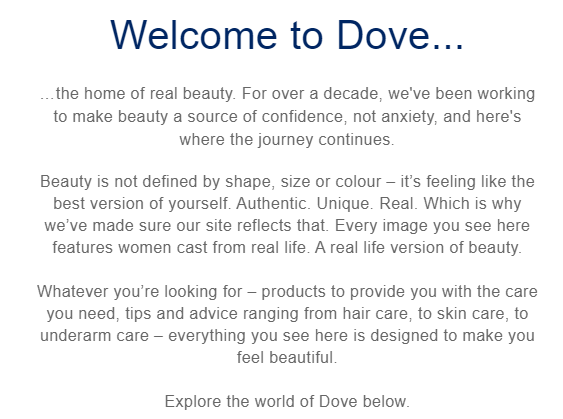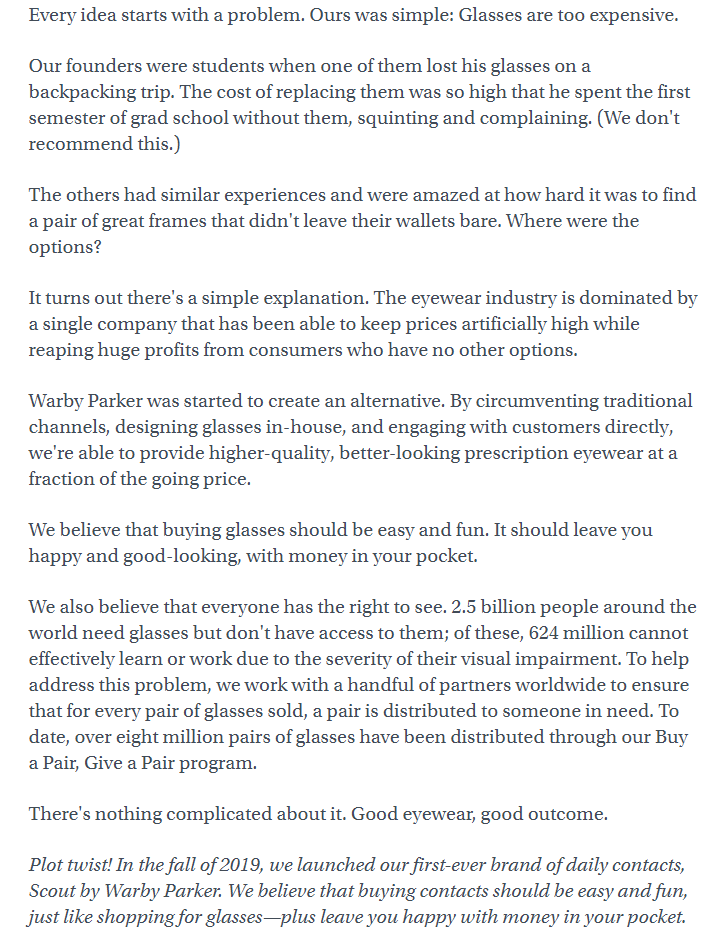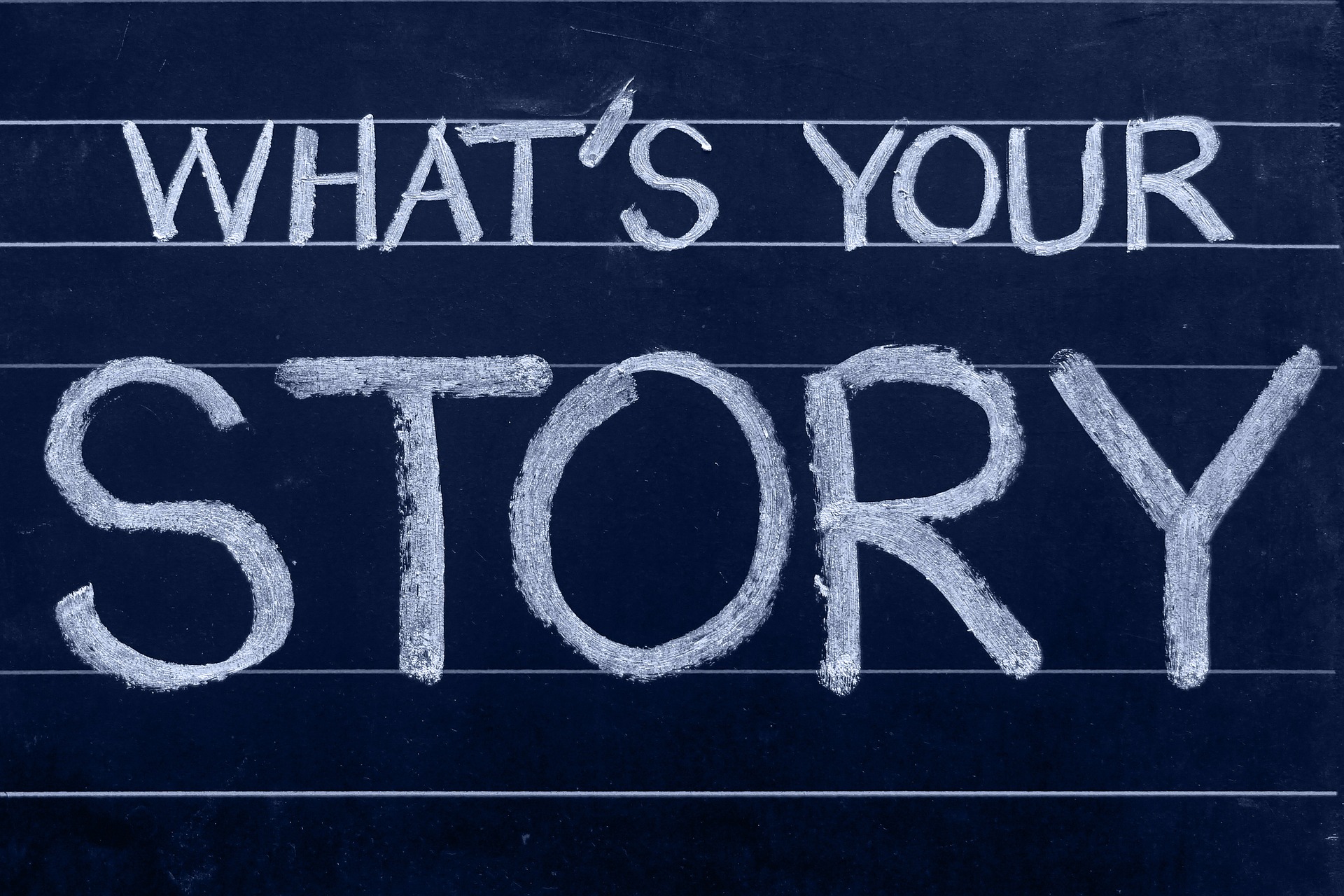Small businesses can benefit from product story-telling. Here’s an easy formula you can use.
Storytelling is not just for authors and its benefits are not just for best-selling books. Stories shape everything around us. It helps make sense of our history, our relationships, and the world we live in. It is even essential to our very survival on this planet. Stories helped our ancestors survive before a written language was invented by showing them what food was safe to eat, what animals to avoid and how to stay alive in a hostile environment.
Not much has changed. Stories are still very relevant today, and I’m not talking about books, movies, and Netflix. Stories, particularly brand stories and more specifically for small businesses, product stories, are just as important to help your customers get to know your product or service better and help build trust.
What is a product story?
A product story or brand story is exactly what it says. It’s the story of your product (or service) and how it came to be. It’s important because it’s what helps explain your product not just to your market but also to your employees. It’s the what, how, and why of your product: what it is, how it came to be, and why it exists.
The importance of product stories
It all comes down to our psychology. The human mind is wired for stories and story-telling. Being social creatures, our complex brains thrive on stories and it is what teaches us empathy, boost feelings of trust and strengthen neural connectivity in the brain. In other words, it is what helps us grow into the thinking, feeling, a complex organism that we are.
One study found that when you listen to a story, your brain wave patterns synchronize with the storyteller’s. Used in this way, story-telling is a powerful way of connecting your audience to your product as it stimulates their empathy and helps them connect to your brand and your message. What’s more, when we listen to a story we connect with, our brain releases oxytocin, better known as “the love drug” because it’s what makes us feel good.
This is a huge difference when it comes to telling facts. When we hear facts, the analytical side of our brain is activated. But when we hear a story, the sensory part of the brain gets activated, increasing neural activity five times which means we retain the memory and knowledge of the story much longer than if we were quoted facts and figures.
Imagine the impact stories will make when you use them for product awareness, instead of just throwing facts to your target market! Not only will you linger in their mind much longer, but you also help them connect with your brand, and you establish trust all the while helping them feel good.
What makes a good product story?
The principles of a good product story are pretty much the same as telling any good story:
- There is a hero (the protagonist)
- There is a “villain” (the antagonist)
- There is a battle (the plot)
- There is a happily ever after (the resolution)
Think back to all the good stories you enjoyed as a child. I’m sure you can identify all these elements in your favourite fairy tales. Disney in particular uses this formula so well – that’s why their movies are always a blockbuster!
When writing your product story, you can also use the above formula. However, I would add one other element to the above recipe to make a winning product story – there must be an overriding (or dominant) emotion that grabs the audience.
Here’s my formula for a great product storyline:
- Define your hero – with product stories this is usually the customer
- Focus on one feeling (or idea) you want your hero (customer) to feel – is it frustration? Envy? Happiness?
- What battle or problem is your hero facing? This serves as the “villain” of the story
- What is your solution – this serves as the “plot twist” to the story. Focus on one to three benefits of your product or service that connects to the feeling defined in point 2.
- What does the hero’s life look like afterward? Is their life infinitely much better after knowing about your product?
Product story-telling examples
Here’s what the formula looks like when applied to real-life examples of product stories. Below are my personal favourites. Can you spot the 5-point formula in each example’s copy?
Dove
The Dove story redefined the beauty industry quite literally by changing the focus of beauty from the external to internal.

Warby Parker
Warby Parker showed the glasses industry that stylish glasses doesn’t have to cost an arm and a leg.

Need help with nailing your product or brand story?
Contact me and let’s talk about how we can get your story to shine.




